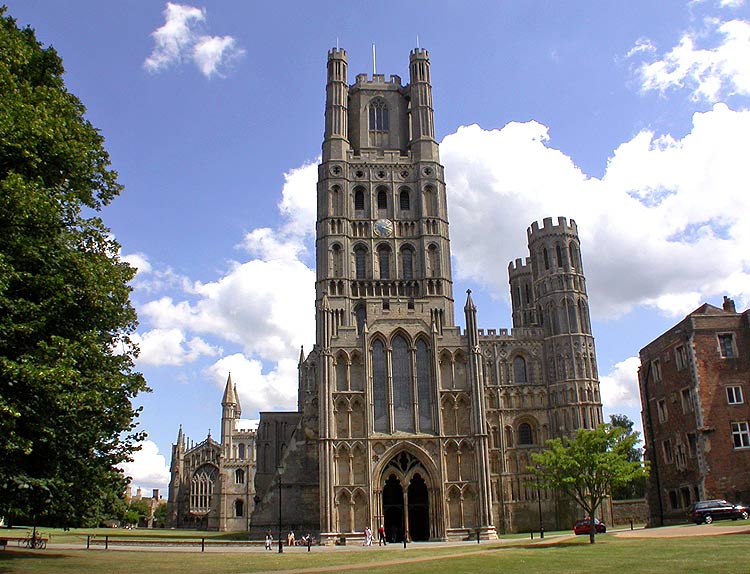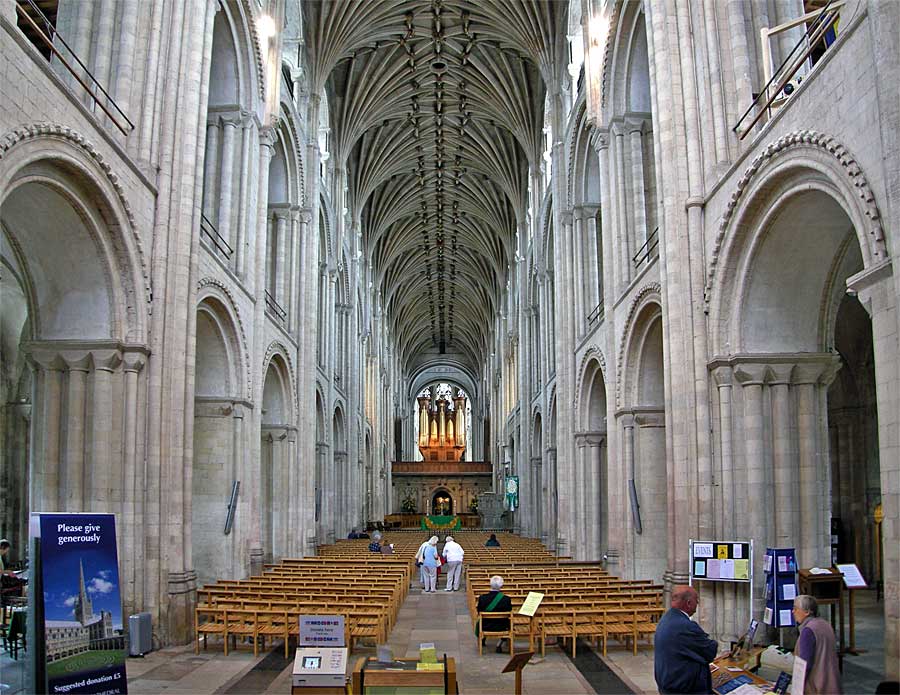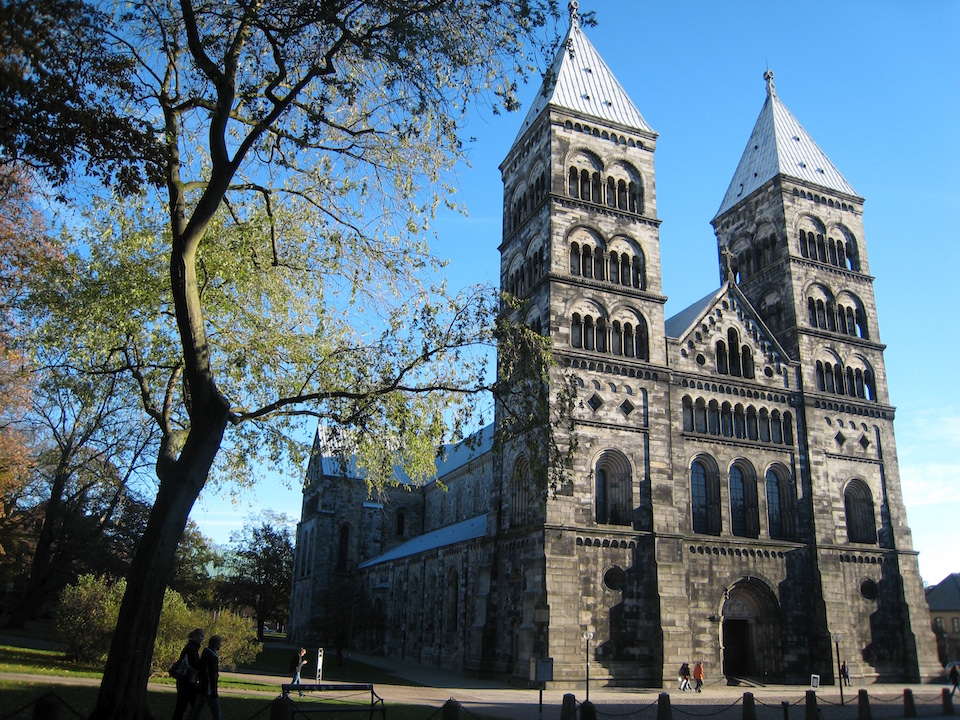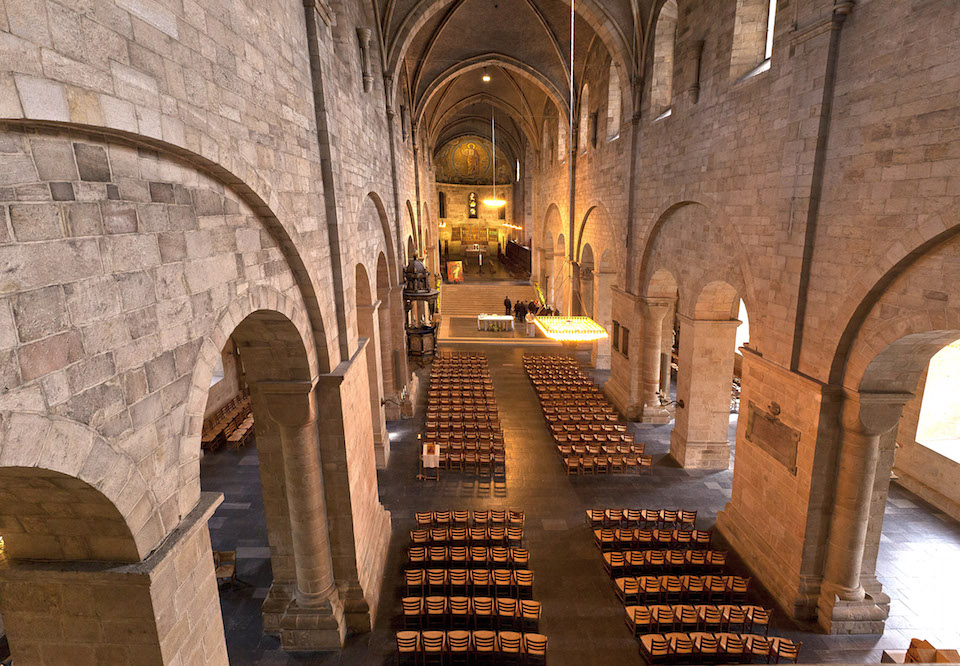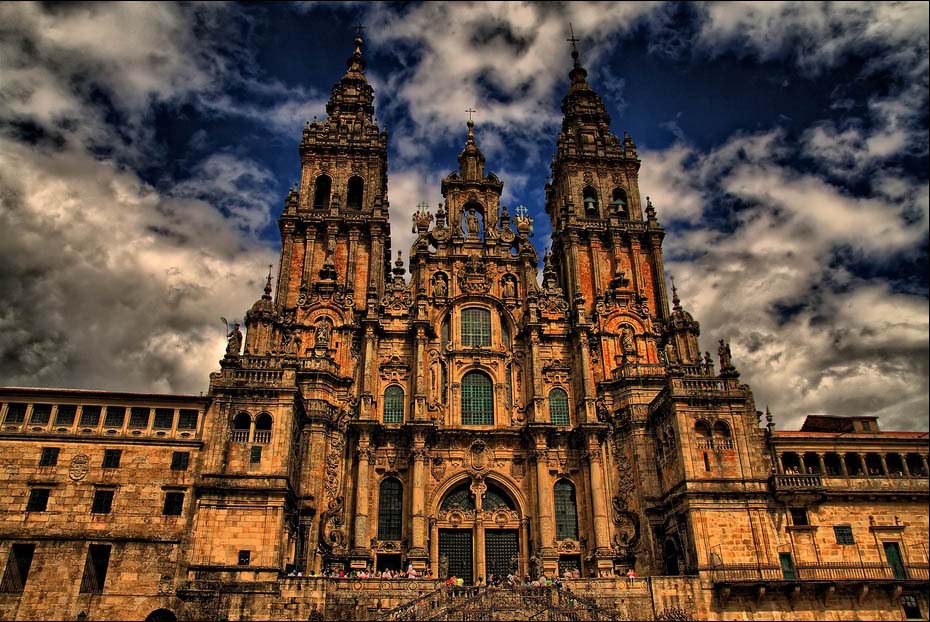Before our modern definitions of civilizations, a place and its people evolves from a being a simple village to a town or city through its monuments.
Whether by a cathedral, mosque or temple and other places of worship, the city exists beyond meer domestic, economic and political constructs. In fact, the all-important culture that gives identity to a city depends more on the system of beliefs and the people that makes it endure.
Ely, Cathedral
Ely Cathedral begun 1083, completed during first half of the 12th century. The Octagon was constructed of wood between 1322 and 1342, based on design by Sexton Alan of Welsingham.
From our partners:
The history of the Benedictine Abbey of Ely goes back to the seventh century. The present church was begun in 1803 by Simeon, the first Norman abbot; it was elevated ot the rank of cathedral in 1109. The three-aisled nave with thirteen bays is enormous in scale; however, its proportions are not atypical of Anglo-Norman architecture. After the crossing tower collapsed in a fire in 1322, it was replaced by a massive octagon, an extraordinary, 400-ton wooden structure where exterior was encased in lead. The ceiling frescoes in the nave date from the nineteenth century.
Norwich, Cathedral
Norwich, Cathedral of the Holy Trinity, begun 1091. Work was completed in the 14th and 15th centuries; interior and exterior view with crossing tower.
In 1901, Herbert de Losinga, the former prior of Fecamp Abbey in Normandy, founded Cathedral of the Holy Trinity in Norwich. The choir and the two side aisles were constructed first; work on the fourteen-bayed, three-tiered nave continued into the mid-twelfth century. The original plans for the nave apparently included a simple wooden roof; the decorative late Gothic fan vaults were installed in the fourteenth and fifteenth centuries. The present spire, which soars 315 feet (96 m) into the air, also dates from the fourteenth century.
Lund Cathedral
Lund Cathedral, ca. 1104-1145, restored in the 19th century. It was built of light-colored sandstone.
The Scandinavian countries embraced Christianity relatively late, between the ninth and the twelfth centuries. The oldest churches there were built of wood or field stones; the first monumental dressed stone buildings appeared in the eleventh century. Among these is the imposing Lund Cathedral, which was dedicated in 1145. This three-aisled, vaulted basilica is richly ornamented. Its style follows in the tradition of the Speyer Cathedral.
Santiago de Compostela, Cathedral

Santiago de Compostela, Cathedral, west portal (Portico de la Gloria), the work of Master Mateo, last third of the 12th century.
Since the tenth century, Santiago de Compostela, the reputed gravesite of St James the Apostle, has been the destination for endless streams of pilgrims. In approximately 1075, the cornerstone was laid here for one of the mightiest Romanesque cathedrals. The highlight of the its design is the magnificent west portal, the Portico de la Gloria, built by Master Mateo. Its trumeau depicts the Apostile James; above it is Christ in Majesty presiding over the Last Judgement. Built between 1168 and 1188, it is now protected by an equally elaborate baroque porch.
Coimbra, Sé Velha (Old Cathedral)
Sé Velha, (Old Cathedral), 1140-1180, view in the south transept and nave; exterior views of the west facade and the choir.
With is impacet walls, embrasured windows, and defiant crown of battlements, the Sé Velha (or Old Cathedral) in Coimbra, Portugal has a fortress-like character. Construction of the Sé Velha was begun in 1140, one year after Afonso Henriques assumed the throne as the first king of Portugal and declared Coimbra the capital city of his realm. The building was completed in 1180, and its served as the Coronation Church until 1260, when the royal residence was transferred to Lisbon. The Cathedral’s interior, with its galleries, barrel vault, and transept, clearly shows the influence of the churches along Pilgrims’ Way.








